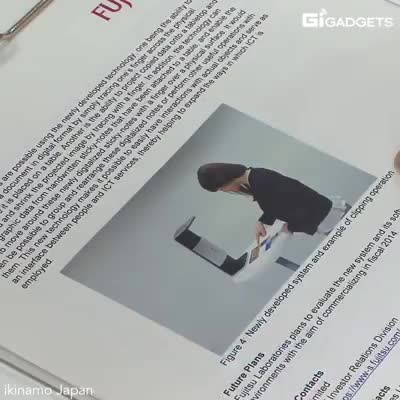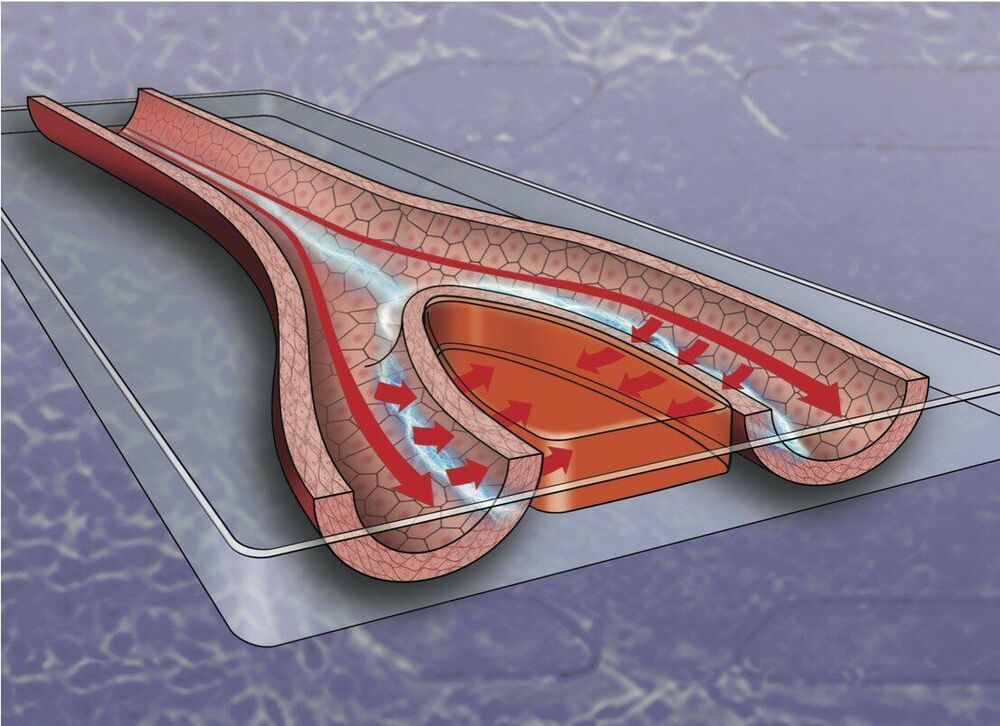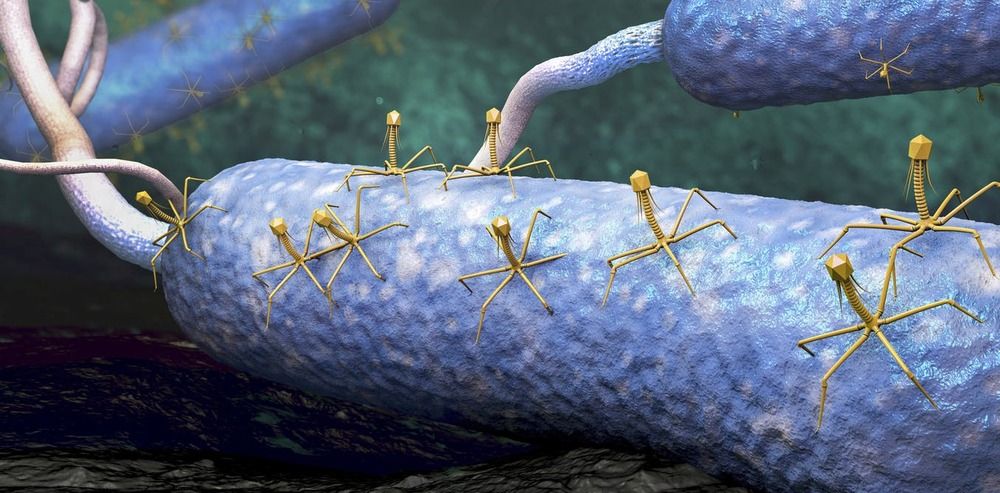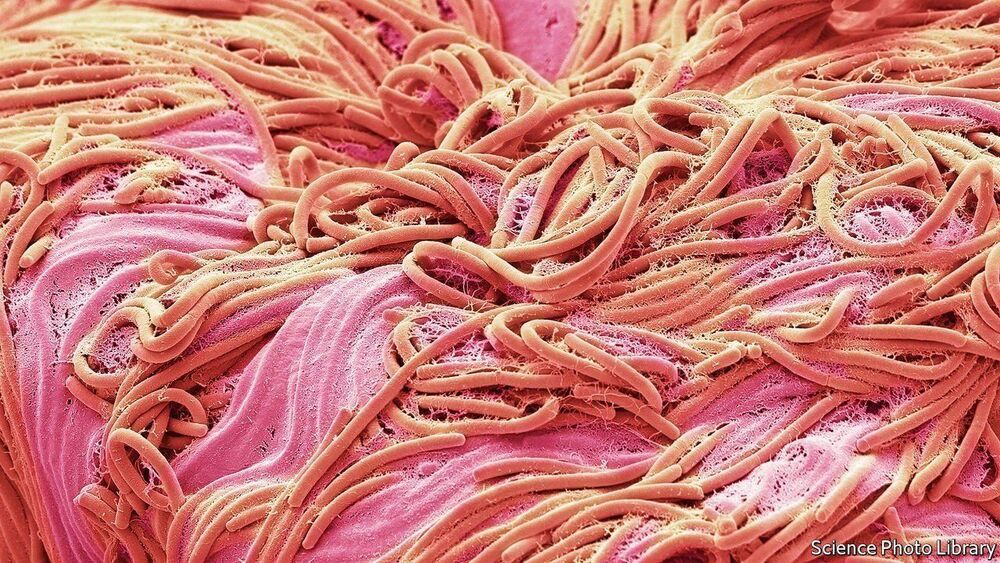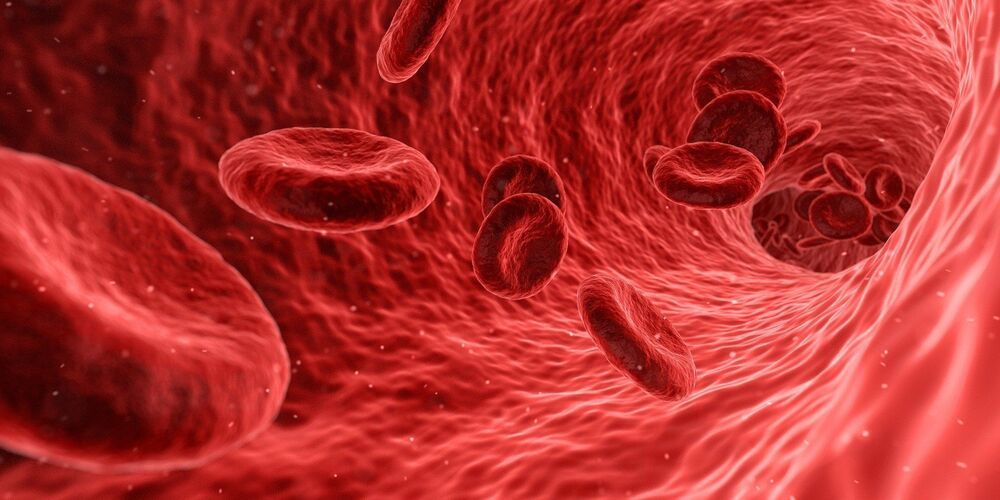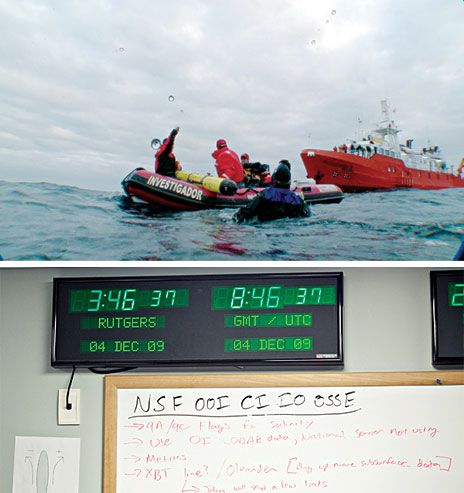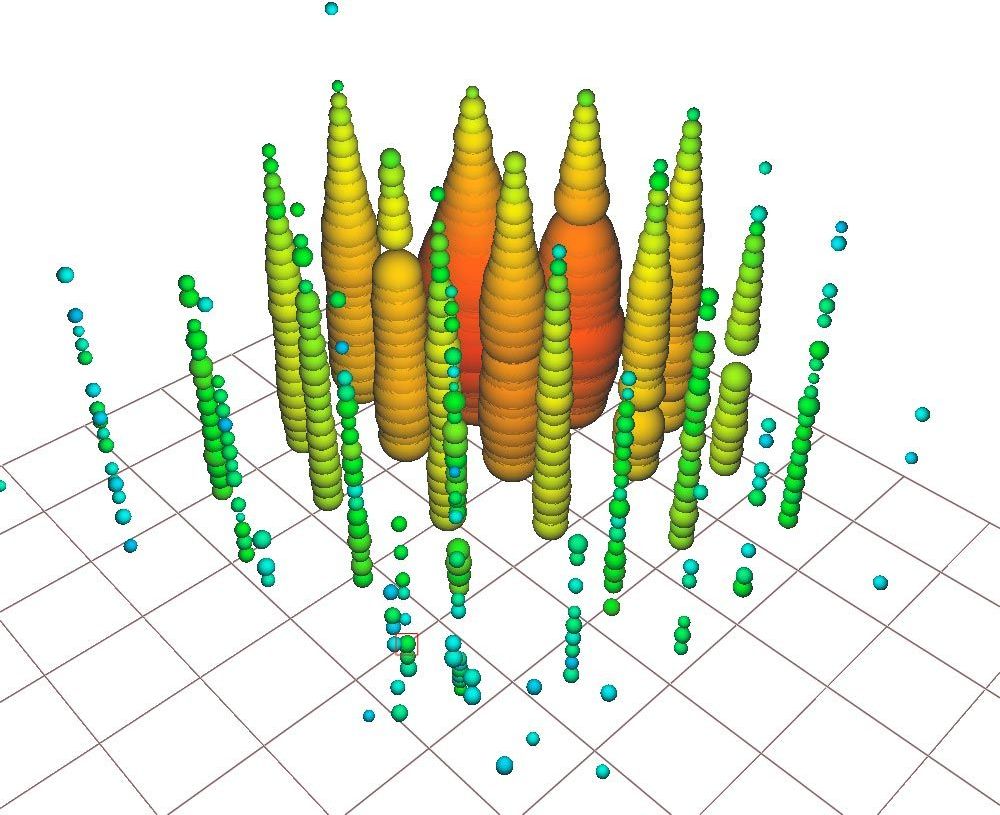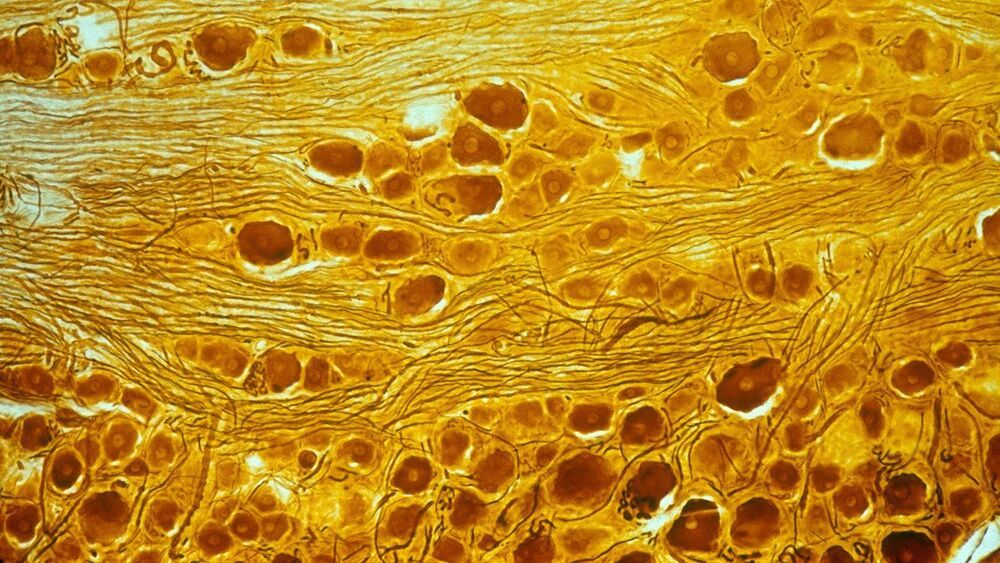Page 6139
Mar 11, 2021
Electric Plasma Jet Engine
Posted by Shailesh Prasad in categories: innovation, transportation
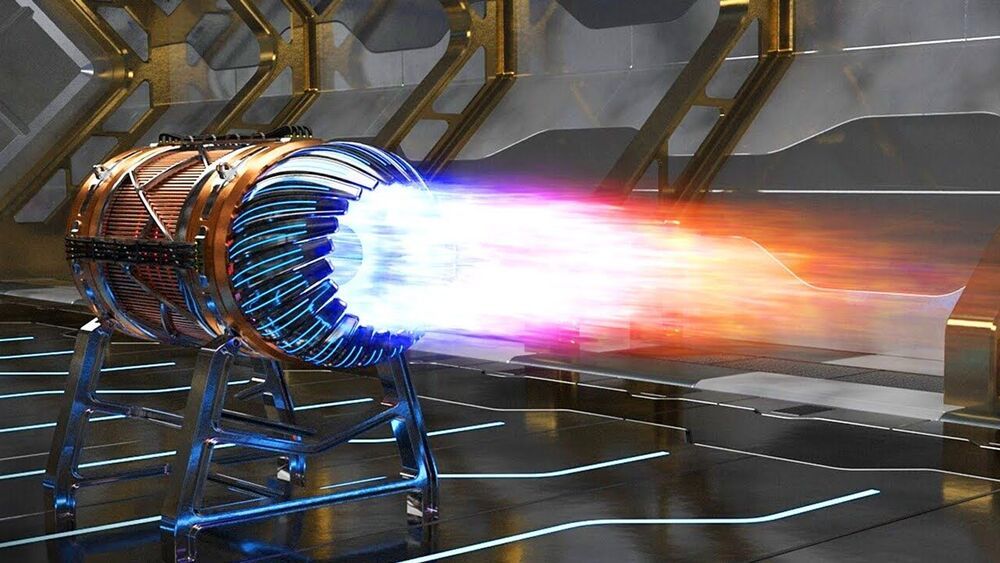
https://www.youtube.com/watch?v=DK7OxoRgakE
China Plasma Jet Engine is also another name that we’ve heard for the newest invention coming from china…
Mar 11, 2021
Electricity could help speed wound healing, new study shows
Posted by Paul Battista in category: biotech/medical
Electric stimulation may be able to help blood vessels carry white blood cells and oxygen to wounds, speeding healing, a new study suggests.
The study, published in the Royal Society of Chemistry journal Lab on a Chip, found that steady electrical stimulation generates increased permeability across blood vessels, providing new insight into the ways new blood vessels might grow.
The electrical stimulation provided a constant voltage with an accompanying electric current in the presence of fluid flow. The findings indicate that stimulation increases permeability of the blood vessel—an important characteristic that can help wound-healing substances in the blood reach injuries more efficiently.
Mar 11, 2021
Engineered viruses can fight the rise of antibiotic-resistant bacteria
Posted by Paul Battista in categories: bioengineering, biological, biotech/medical, education, genetics, health, policy
As the world fights the SARS-CoV-2 virus causing the COVID-19 pandemic, another group of dangerous pathogens looms in the background. The threat of antibiotic-resistant bacteria has been growing for years and appears to be getting worse. If COVID-19 taught us one thing, it’s that governments should be prepared for more global public health crises, and that includes finding new ways to combat rogue bacteria that are becoming resistant to commonly used drugs.
In contrast to the current pandemic, viruses may be be the heroes of the next epidemic rather than the villains. Scientists have shown that viruses could be great weapons against bacteria that are resistant to antibiotics.
I am a biotechnology and policy expert focused on understanding how personal genetic and biological information can improve human health. Every person interacts intimately with a unique assortment of viruses and bacteria, and by deciphering these complex relationships we can better treat infectious diseases caused by antibiotic-resistant bacteria.
Mar 11, 2021
Microbial ecosystems in the mouth and gut are linked to many ills
Posted by Paul Battista in category: futurism
Mar 11, 2021
A new strategy for making blood stem cells healthier
Posted by Paul Battista in categories: biotech/medical, life extension
The hematopoietic (blood-forming) stem cells (HSCs) residing in our bone marrow produce all of our blood cells, including key immune cells that protect us from bacteria and viruses. As we age, our HSCs become less efficient and less able to make healthy new blood cells. In a study published online today in Nature, researchers at Albert Einstein College of Medicine have found that this reduction in HSC efficiency is caused in part by the deterioration of chaperone-mediated autophagy (CMA), the housekeeping process that removes damaged proteins and other waste materials that interfere with cells’ ability to function.
“While the aging of HSCs in our bone marrow is inevitable, the good news is that it may be reversible,” said co-study leader Ana Maria Cuervo, M.D., Ph.D., professor of developmental and molecular biology, of anatomy and structural biology, and of medicine, and the Robert and Renée Belfer Chair for the Study of Neurodegenerative Diseases at Einstein. “Our studies in mice suggest that drugs we’ve developed at Einstein can activate CMA and potentially restore the vitality of HSCs in older people.”
Mar 11, 2021
Remotely Piloted Underwater Glider Crosses the Atlantic
Posted by Quinn Sena in categories: drones, military, robotics/AI
Circa 2010
About 48 kilometers off the eastern coast of the United States, scientists from Rutgers, the State University of New Jersey, peered over the side of a small research vessel, the Arabella. They had just launched RU27, a 2-meter-long oceanographic probe shaped like a torpedo with wings. Although it sported a bright yellow paint job for good visibility, it was unclear whether anyone would ever see this underwater robot again. Its mission, simply put, was to cross the Atlantic before its batteries gave out.
Unlike other underwater drones, RU27 and its kin are able to travel without the aid of a propeller. Instead, they move up and down through the top 100 to 200 meters of seawater by adjusting their buoyancy while gliding forward using their swept-back wings. With this strategy, they can go a remarkably long way on a remarkably small amount of energy.
Continue reading “Remotely Piloted Underwater Glider Crosses the Atlantic” »
Mar 11, 2021
IceCube Detection of a High-Energy Particle – Antineutrino “Unmistakably of Extraterrestrial Origin”
Posted by Quinn Sena in categories: particle physics, space
The South Pole neutrino detector saw a Glashow resonance event, a phenomenon predicted by Nobel laureate physicist Sheldon Glashow in 1960 where an electron antineutrino and an electron interact to produce a W-boson.
On December 62016, a high-energy particle called an electron antineutrino hurtled to Earth from outer space at close to the speed of light carrying 6.3 petaelectronvolts (PeV) of energy. Deep inside the ice sheet at the South Pole, it smashed into an electron and produced a particle that quickly decayed into a shower of secondary particles. The interaction was captured by a massive telescope buried in the Antarctic glacier, the IceCube Neutrino Observatory.
Mar 11, 2021
Bell Helicopter offers a sneak peek of its first electric flying taxi
Posted by Quinn Sena in category: transportation
The Fort Worth-based company claims to be the first helicopter manufacturer to present at CES.
Mar 11, 2021
Gene-silencing injection reverses pain in mice
Posted by Genevieve Klien in categories: bioengineering, biotech/medical, genetics
In the new study, researchers instead aimed to reduce the amount of Nav1.7 that cells make in the first place. Bioengineer Ana Moreno and her colleagues at the University of California, San Diego, modified the “molecular scissors” of the gene editor CRISPR. Changes to the cutting enzyme Cas9 caused it to bind to DNA that makes Nav1.7 without slicing it, effectively preventing the Nav1.7 protein from being made. The researchers enhanced this silencing effect by hitching Cas9 to a repressor, another protein that inhibits gene expression.
The researchers tested the Cas9 approach—and a similar approach using another gene-editing protein known as a zinc finger—in mice given the chemotherapy drug paclitaxel, which can cause chronic nerve pain in cancer patients. The team measured pain by poking the animals’ paws with a thin nylon filament. Paclitaxel prompted mice to withdraw from gentler pokes, indicating that a normally nonpainful stimulus had become painful. But 1 month after an injection of the gene-silencing treatment into their spinal fluid, rodents responded much like mice that had never gotten paclitaxel, whereas untreated rodents remained hypersensitive, the team reports today in.
The approach could also prevent pain when given before paw injections of either the inflammation-causing compound carrageenan or a molecule called BzATP that increases pain sensitivity. And treated mice behaved no differently from untreated ones when their opposite paw—not inflamed by carrageenan—was exposed to a hot surface. That’s an encouraging initial sign that the injection didn’t silence Nav1.7 so completely that it creates a dangerous numbness to all pain, Moreno says. Behavioral tests so far haven’t turned up evidence of potentially concerning side effects; the injections didn’t appear to alter the animals’ movement, cognition, or anxiety levels.
